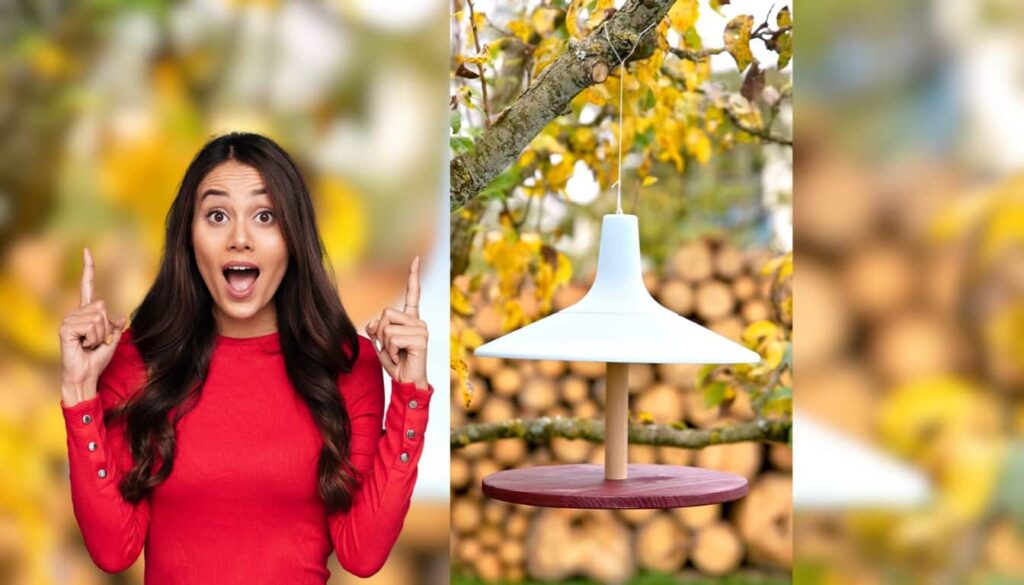Have you ever observed how your garden can transform, almost in an instant, from a green and luxuriant oasis to a landscape upset by frost?
Do not despair, because even when plants seem irreparably damaged, signs of life are often hidden ready to be reborn. With a few steps and a little attention, you can bring your plants back to their natural splendor.
Continue reading and you will find out how to help your garden recover from the consequences of frosts!
Observe your plants: evaluate the damage
First of all, it is fundamental carefully evaluate The state of your plants. Do not be fooled by the external aspect: under those burnished leaves e broken branches There may still be life.
Identify the signs of damage
The effects of frost are often visiblebut not always definitive. Here are the signs you may notice:
- Burnished or blackened leaves: This damage is common, but it does not mean that the entire plant is compromised.
- Soft or broken limes: Cutting the damaged parts can help the new growth to emerge stronger.
- Cracked cortex: A frequent problem for trees requires one pruning targeted.
- Dry gems: In this case, a light cut can stimulate the growth of new gems.
A simple test consists in scratch The cortex: if it is green below, the plant is alive and healthy.
Prune with wiseness: stimulate the recovery
A good pruning It is essential to help teu plants recover, but it must be performed carefully.
Adapt the pruning to the plant
Each type of plant has its own needs. Here are some tips:
- Rosacee: Remove dark branches or without gems to stimulate growth.
- Graminaceae: Cuts at the base once new leaves appear in the spring.
- Herbaceous plants: Shortens the damaged stems about 5 cm above the ground.
- Banana: Delete the scorched leaves, applying ash around the base to prevent rot.
Make sure to use a Clean and sharp pruner To avoid further damage to the plant.
Revitalizing the ground: a new beginning
The soil quality It is essential for the recovery of your plants. After winter, the ground could be more compact and poor in nutrients.
Steps to regenerate the soil
- Arsle the ground: Use a gallows or a similar tool to soften the earth without disturbing the roots.
- Enrich with compost: The addition of compost improves the fertility soil.
- Apply: Use organic mulch for protect the ground and maintain humidity.
- Fertilize in moderation: A slow release fertilizer supports growth without excess.
These practices provide your plants with the energy necessary to regenerate and grow as lush.
Protect fragile plants: prevent future damage
Some plants may require one Extra protection Now and in the future.
Prepare plants for the cold
- Use an antifreeze: Cover sensitive plants when freezing are expected.
- Apply a pacjachment often: Protect the roots from thermal fluctuations.
- Move pots in pots: Positional in places sheltered like a greenhouse or close to a wall to the south.
These measures may Reduce damage caused by future frosts.
Give the garden time: gradual rebirth
The recovery of plants after the frost can take time. Some species, such as perennials and shrubs, could recover in weeks. Look carefully and act only when necessary.
Learn from experience
Keep a gardening diary It can help you remember the actions taken and the results obtained. This allows you to perfect your methods and better protect your plants in the future.






